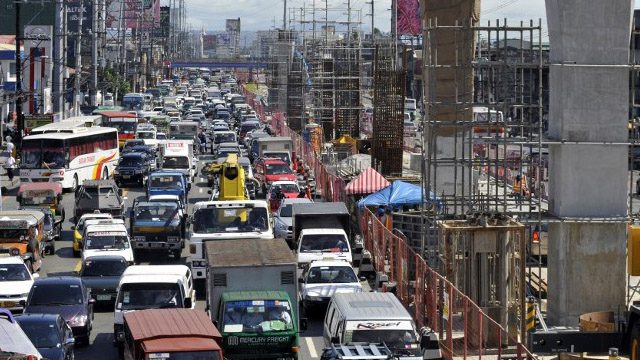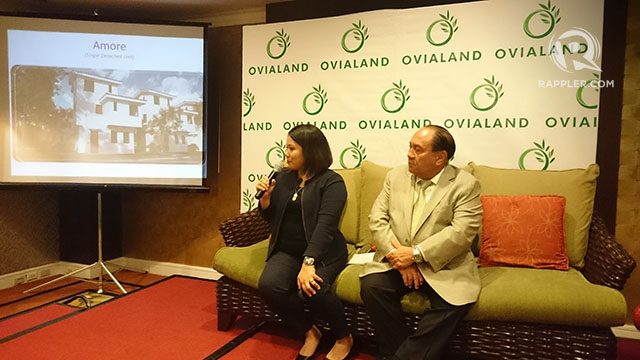SUMMARY
This is AI generated summarization, which may have errors. For context, always refer to the full article.

MANILA, Philippines – Southern Luzon is rapidly emerging as an alternative to congested Metro Manila as a place to settle down.
Existing transport infrastructure such as the South Luzon Expressway and the Star Tollway, coupled with upcoming projects, is cutting down the commute to Metro Manila and making the region increasingly viable for families to relocate.
“Southern Luzon is proving to be a very lucrative market for real estate. In fact, it is seen to be among the top 3 growth areas to watch out for in the country,” said Fatima Olivares-Vital, business unit head of Ovialand Incorporated. She detailed on Wednesday, July 8, the firm’s new Terraza de Sto Tomas development, a 5.8-hectare residential subdivision located in Sto Tomas, Batangas, the first exit on the Star Tollway.
It joins several marquee property developments in the region, including Nuvali, a self-contained community built by Ayala Land in Sta Rosa, Laguna.
Megaworld launched high-end residential project Pahara in 2014 at its 561-hectare master-planned development Southwoods City, which sits on the boundaries of Carmona, Cavite, and Biñan in Laguna.
Camella Homes, a subsidiary of Manny Villar-led Vista land and Lifescapes Incorporated, also already has 9 different developments in Batangas.
Industry and commerce is also starting to crop up in the region featuring large, Philippine Economic Zone Authority (PEZA), accredited industrial parks, including the Lopez Group’s First Philippine Industrial Park (FPIP) in Sto Tomas Batangas, and the Laguna Techno Park in Sta Rosa.
Even non-industrial commerce such as business process outsourcing offices (BPOs), have started to fan out to the south to avoid the capital’s rising rental rates and congestion.
The cleaner air away from the decongested metro is one of the primary reasons local schools like Xavier School and La Salle have opened up extension campuses in Laguna, along with international schools Brent and the Beacon Academy.
The National Capital Region (NCR) is home to about 12 million people, according to the latest comprehensive census of the National Statistics Office, and is the political and economic heart of the country.

Selling point
But while living in the metro has its perks, problems are also evident every single day.
This year, the Philippines ranked 9th in the world in terms of traffic, which is readily apparent in Metro Manila.
The traffic congestion in NCR is expected to worsen with the coming ASEAN integration, thanks to increase in the exchange of goods and services.
This is Ovialand’s primary selling point for Terraza de Sto Tomas as it offers an alternative and much less congested hub to live, work, and play, while still offering easy access to Metro Manila, roughly 45 kilometers away.
“You can get from Terrazas de Sto Tomas to Makati in under an hour,” Olivares-Vital said.
Value for money is another prominent feature that locating in the region provides. Housing prices for the 330 planned units range from P1.8 million ($39,798.45) to P3.5 million ($77,386.78), while offering 100 square meters (sqm) of living area.
“You get a 3-bedroom home for the price of a cramped condominium unit in Metro Manila,” she said.
The project is currently 40% done with land development, with the construction of the houses to begin by October 2015 and set to be completed by 2017.
The firm, a subsidiary of Malate Construction and Development Corporation (MCDC) which has more than 28 years of experience in housing development, sees the development as a lifestyle choice.
“Living here is basically an alternative way of living life. If you are a modern Filipino working in Makati or The Fort, you no longer have to limit yourself to living in cramped spaces,” said Olivares-Vital. – Rappler.com
$1 = P 45.23
Add a comment
How does this make you feel?
There are no comments yet. Add your comment to start the conversation.